Operative cut time by up to one-half vs. freehand cases

By William H. Seitz Jr., MD; David Shapiro, MD; Peter J. Evans, MD, PhD; and Steven Maschke, MD
Cleveland Clinic is a non-profit academic medical center. Advertising on our site helps support our mission. We do not endorse non-Cleveland Clinic products or services. Policy
Both malunion of a distal radius fracture and developmental Madelung deformity can significantly impair the function of the hand, wrist and forearm. An understanding of the anatomy, pathology and altered kinematics associated with these conditions provides a good foundation for operative correction when necessary. Historically, such correction has required extensive geometric planning, wide exposure, freehand osteotomy, provisional realignment, and maintenance of alignment while applying, drilling and securing plates with screws. The process can be time-consuming, the outcome can be uncertain and the anatomic correction can be less than precise.
Surgeons in the Upper Extremity Center at Cleveland Clinic’s Orthopaedic & Rheumatologic Institute are employing a new technology that minimizes intraoperative guesswork, eliminates the need for freehand osteotomy and correction, and adds precision to the restoration of anatomy. As a result, surgical time is reduced, operating room costs are lowered and the risk of infection is potentially decreased.

Figure 1. Virtual bone modeling for correction of a volar malunion. Images were developed using data from 3D CT scans of the malunion. The left column shows the deformity and an overlay of the mirror image of the normal contralateral wrist (in red). These data are used to determine the anatomic plane for osteotomy and correction, as depicted in the middle and right columns.
Our surgeons are working with Materialise, a Belgian company that manufactures the SurgiCase® software engineering system. This computer program uses data from a three dimensional (3D) CT scan to create a virtual bone model that exactly replicates a patient’s deformed skeleton. Using this model and a mirrored model of the contralateral forearm, our surgeons and Materialise engineers work together to create drilling and cutting guides based on the desired correction and the geometry of the plating system that best suits the patient’s needs. These guides fit the bone exactly, ensuring accurate drilling, cutting and reduction (Figure 1).
Virtual (and plastic) models are made of the deformed limb, the normal limb and the anticipated correction. With these models, the surgeon can “practice” the operation before doing the actual surgery (Figure 2). For each case, the surgeon plays an integral role in creating the design, planning the type and degree of correction, selecting the hardware and placing the screws and plates.
During surgery, the deformity is exposed through minimally invasive incisions (Figure 3). Drill guides are applied, and the screw holes are drilled. The drilling guide is removed, the cutting guide is applied and the osteotomy is made. The plate is placed over the previously drilled distal holes, and the screws are inserted. When the screws are inserted proximally, the plate automatically corrects the deformity to the position predicted preoperatively.

Figure 2. Photos of a practice procedure showing the guides for drilling screws proximally and distally. The guide for osteotomy can be used to practice on the bone model before it is applied in the actual surgical setting.

Figure 3. In the surgical setting, a minimally invasive incision is made to expose the deformity. Templates are placed over K-wires to predrill, osteotomize and realign the bone with the plate and screws.
This computer-assisted 3D templating has reduced the overall operative time by one-third to one-half compared with freehand cases. It has also allowed us to restore bone length and bring inclination, tilt and rotation to within 3 degrees of normal. In cases where excessive bone shortening has been encountered, precise ulnar shortening osteotomy using the same technology has afforded accurate distal radioulnar joint realignment.
Our surgeons agree that this has been a truly amazing process in which to participate. We are initiating a prospective study to evaluate the cost-effectiveness and accuracy of this technology by comparing our results with those in historical controls. It has become clear that this technology saves time in terms of drilling, cutting, alignment and even screw selection, with bone screw lengths predetermined by the engineers with “spot-on” accuracy.
We believe that the additional cost of these guides will be offset by the shortening of operating room times and that the enhanced precision and predictability of this technology will result in better patient outcomes.
Dr. Seitz is a hand and upper extremity surgeon in the Department of Orthopaedic Surgery.
Dr. Shapiro is a hand surgeon in the Department of Orthopaedic Surgery.
Dr. Evans is Director of the Upper Extremity Center in the Department of Orthopaedic Surgery.
Dr. Maschke is a hand, wrist and elbow surgeon in the Department of Orthopaedic Surgery.
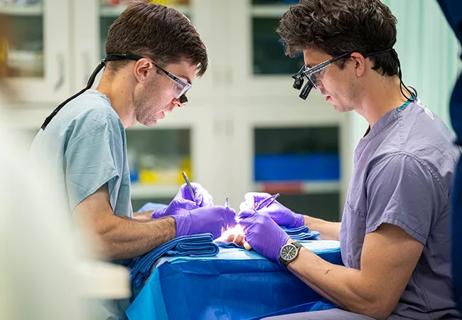
Cleveland Clinic specialists offer annual refresher on upper extremity fundamentals
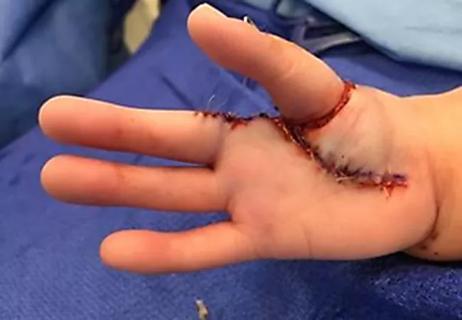
Latest concepts in the surgical creation of functional, opposable thumbs in early childhood

CT imaging using radiopaque markers can help assess healing after surgery
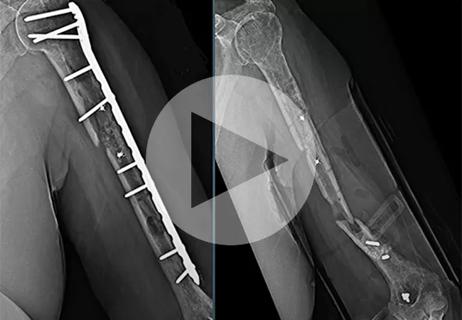
Finally, a solution after multiple revision surgeries for delayed bone healing, loose hardware and unrelenting infection
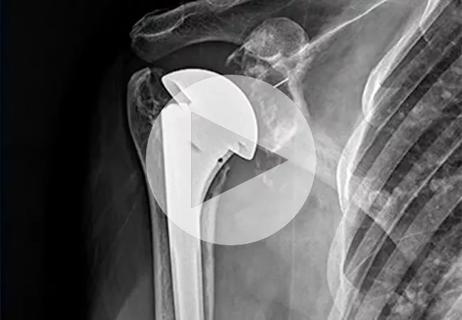
Iliac crest structural autograft repairs large, uncontained defect

Two cases show multiple factors to consider

Orthopaedic oncologist discusses the complex case
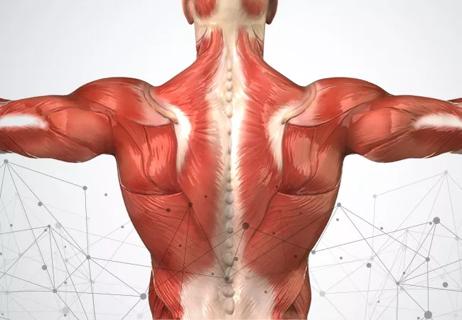
Data system aims to improve orthopaedic care and drive down healthcare costs